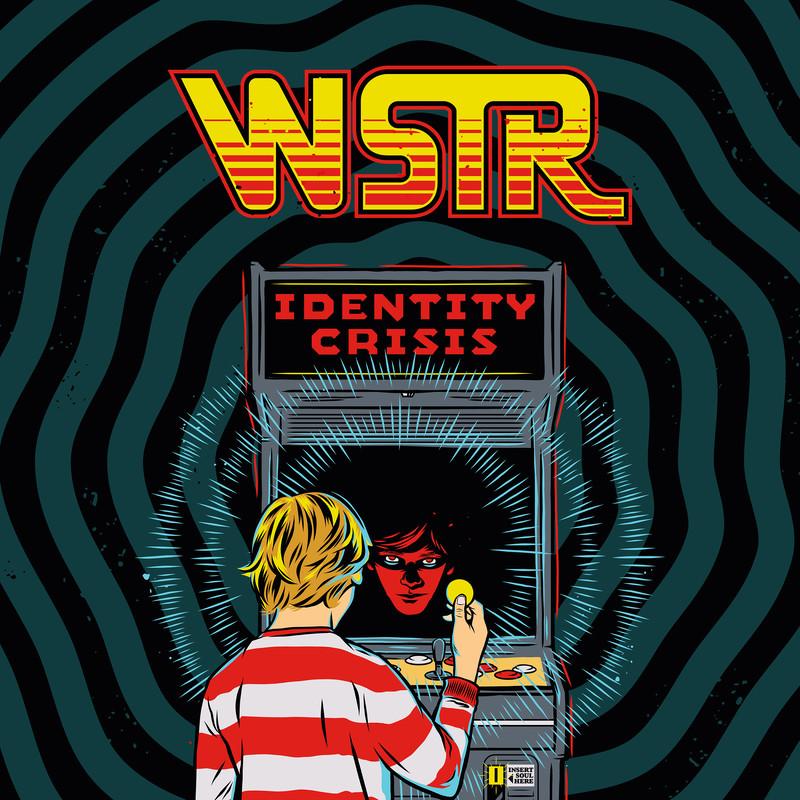Exploring the Latest Developments in Student Loan Forgiveness Plans for 2023
#### Student Loan Forgiveness PlansIn recent years, student loan forgiveness plans have become a hot topic in the United States, particularly as the burden……
#### Student Loan Forgiveness Plans
In recent years, student loan forgiveness plans have become a hot topic in the United States, particularly as the burden of student debt continues to weigh heavily on millions of borrowers. With over $1.7 trillion in student loan debt in the U.S., many individuals are seeking relief through various forgiveness programs. Understanding the different types of student loan forgiveness plans available can help borrowers navigate their options and potentially alleviate some of their financial burdens.
#### Types of Student Loan Forgiveness Plans
There are several student loan forgiveness plans that borrowers may qualify for, each with its own eligibility criteria and benefits. One of the most well-known programs is the Public Service Loan Forgiveness (PSLF) program. This plan is designed for borrowers who work in qualifying public service jobs, including government and non-profit organizations. After making 120 qualifying monthly payments while working full-time in a public service position, borrowers can have their remaining loan balance forgiven.
Another significant program is the Teacher Loan Forgiveness program, which is aimed at educators who work in low-income schools or educational service agencies. Teachers can receive forgiveness of up to $17,500 on their Direct Subsidized and Unsubsidized Loans after five consecutive years of teaching in a qualifying institution.

Additionally, the Income-Driven Repayment (IDR) plans can also lead to forgiveness after a certain number of years of qualifying payments, depending on the specific plan. Under these plans, borrowers’ monthly payments are capped at a percentage of their discretionary income, making it more manageable for those with lower incomes.
#### Recent Changes and Updates
In 2023, there have been several updates and changes to student loan forgiveness plans that borrowers should be aware of. The Biden administration has made efforts to simplify the forgiveness process and expand eligibility for certain programs. For instance, the PSLF program has undergone significant reforms aimed at addressing previous issues that left many borrowers ineligible despite their qualifying payments.
Moreover, temporary measures have been implemented to provide additional relief during the ongoing economic challenges posed by the COVID-19 pandemic. These measures include the suspension of federal student loan payments and interest accrual, which has provided a temporary reprieve for many borrowers.

#### How to Apply for Student Loan Forgiveness Plans
Applying for student loan forgiveness can be a complex process, but it is essential for borrowers to take the necessary steps to ensure they are on the right path to potential forgiveness. First, borrowers should determine which forgiveness plan they may qualify for based on their employment, loan type, and payment history.
Next, it is crucial to keep detailed records of all payments made, as well as documentation of employment in qualifying positions. For PSLF, borrowers must submit the Employment Certification Form annually or whenever they change employers to track their qualifying payments.
Additionally, staying informed about any changes to student loan forgiveness plans is vital. Borrowers should regularly check the U.S. Department of Education's website and other reliable sources for updates on eligibility requirements and application processes.

#### Conclusion
Student loan forgiveness plans offer a glimmer of hope for borrowers burdened by debt. With various options available, it is essential for individuals to explore their eligibility and take proactive steps toward potential forgiveness. As policies continue to evolve, staying informed and organized can make a significant difference in navigating the complex landscape of student loan forgiveness.